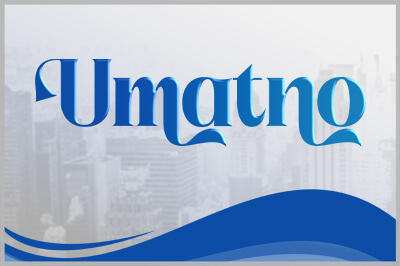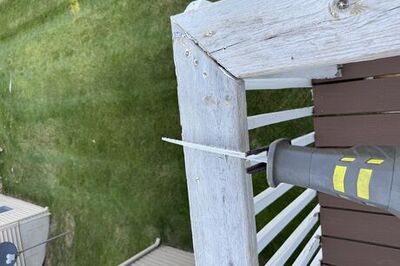
views
New Delhi: In a renewed thrust towards the management of urban water, Union Minister Harsh Vardhan on Monday launched the second phase of the Local Treatment of Urban Sewage streams for Healthy Reuse(LOTUS-HR) program, wherein 10,000 litres of sewage water will be treated per day at the India-Netherlands water laboratory in New Delhi.
The launch of the program took place while King Willem-Alexander and Queen Maxima of the Netherlands are on a state visit to India. Harsh Vardhan said “Dutch and Indian companies are contributing to the project by sharing their existing technologies and will showcase how one can treat urban waste water into clean water for various purposes. We are also in the process of emulating this in other projects across the country”.
The LOTUS-HR is jointly supported by the Department of Biotechnology, Ministry of Science and Technology and the Netherlands Organisation for Scientific Research.
The Barapullah drain, where the pilot of the program is being implemented, witnesses the flow of 1.6 million litres of waste water produced by New Delhi every day.
The efforts by the Government of Netherlands to tackle this problem is part of a decade-long cooperation with India to innovate in various areas such as crop sciences, medical devices for affordable healthcare, smart energy grids, data and urban water systems. Over the years, the Netherlands has funded 34 such research projects.
Initiated in 2017, the LOTUS-HR aims to develop a self-sustaining model for holistic waste water management. The laboratory at the Barapullah drain in the national capital will employ multiple technologies to generate data with the aim of building a “tool-box of treatment technologies” for replication.
“The rationale is that the mixing and matching of technologies from this tool-box will depend on the quantity (flow rate) and quality (pollutant load) of drain water, land availability, site accessibility as well as topography,” an official release stated.
The Barapullah drain project is being undertaken as concern over the status of disappearing rivulets, streams and nallahs due to rapid development activities is growing. A News18 report on the Barapullah drain had found that most of Delhi’s planned development had started to alter the course of drains while treating them as garbage dumps.
News18 had also found that when Delhi’s first drainage master plan was created in 1976, 201 natural drains were mapped. By 2018, 19 of these drains had disappeared while the rest had become sewers.
Collaborations like that of India and the Netherlands’ on the revamping of these drains will play an important role in aiding ground water recharge which in the long run will provide water for potable and non-potable purposes.
India and the Netherlands have joined hands on a number of initiatives in the area of water technologies to tackle urban water challenges like these. One of the initiatives, highlighted during the visit of the royals at the lab, is WetLab – a design contest to treat water effectively.
Jointly supported by DBT-BIRAC and Netherlands Enterprise Agency, WetLab is a competition that will enable unique learning and networking for young India and Dutch professionals and students.
The initiative aims to build a platform for innovative ideas to solve India’s urban water challenges and contribute to cleaning up India’s rivers, the release said.
“The intent of WetLab is focussed on making best ideas becoming an input for the realisation of the Water Experience Center that may further lead to turning the project site into an attractive center for education and technology demonstration for students, young professionals and creating opportunities for startups,” it added.
















Comments
0 comment